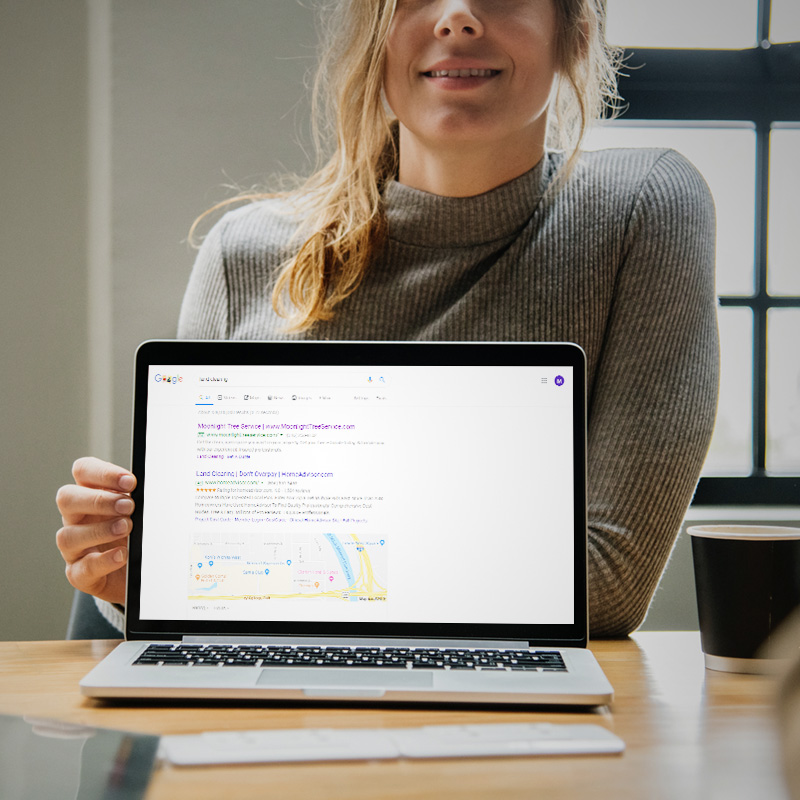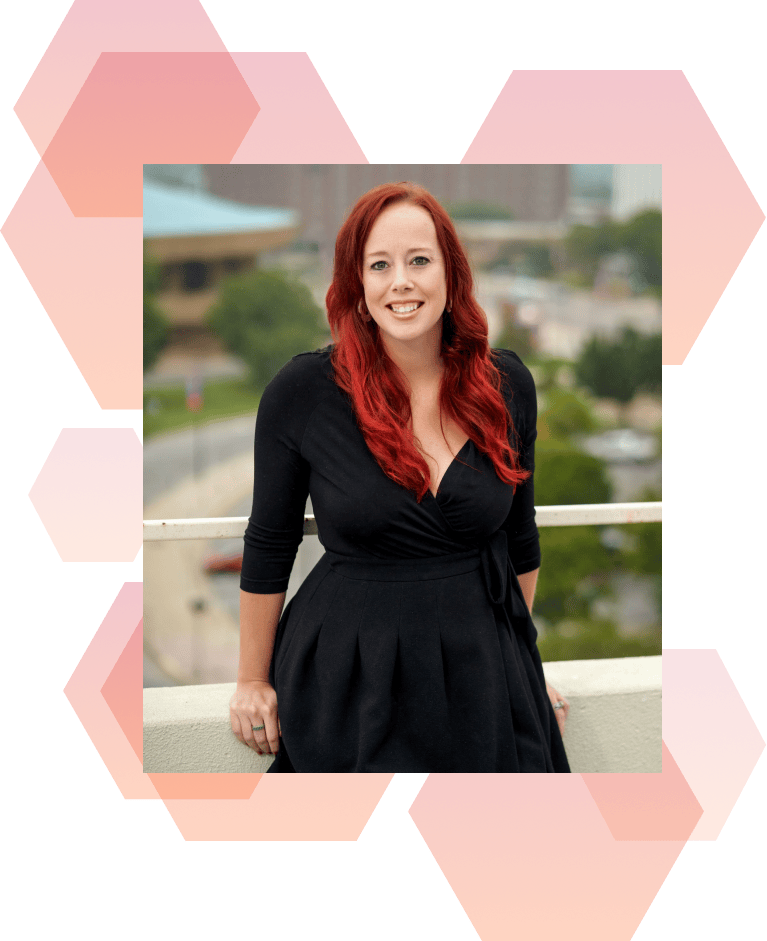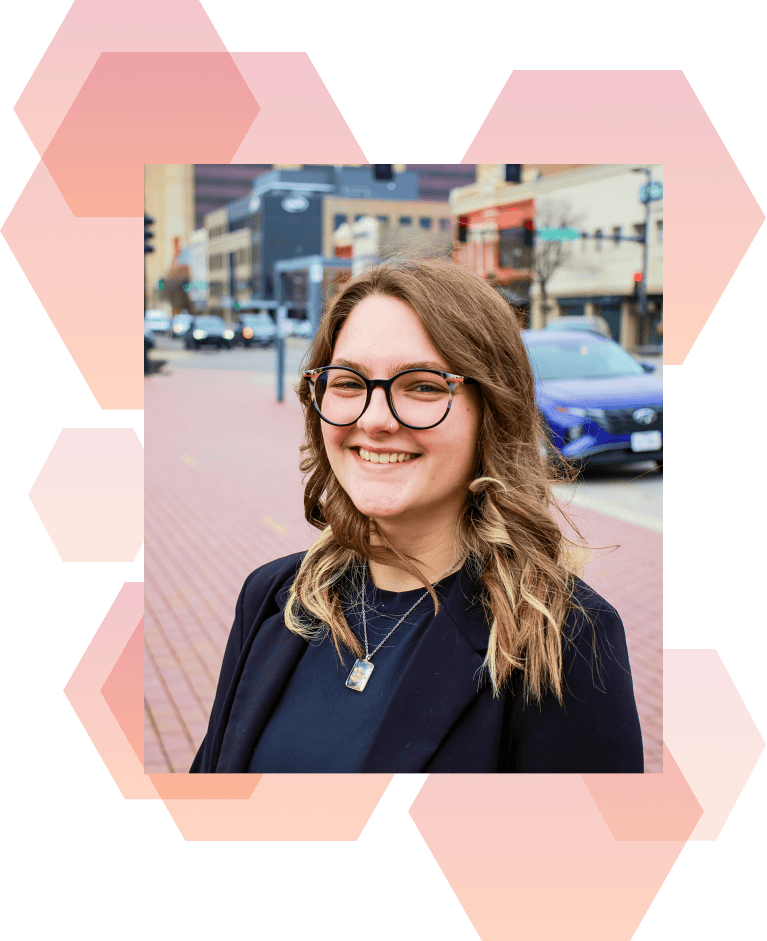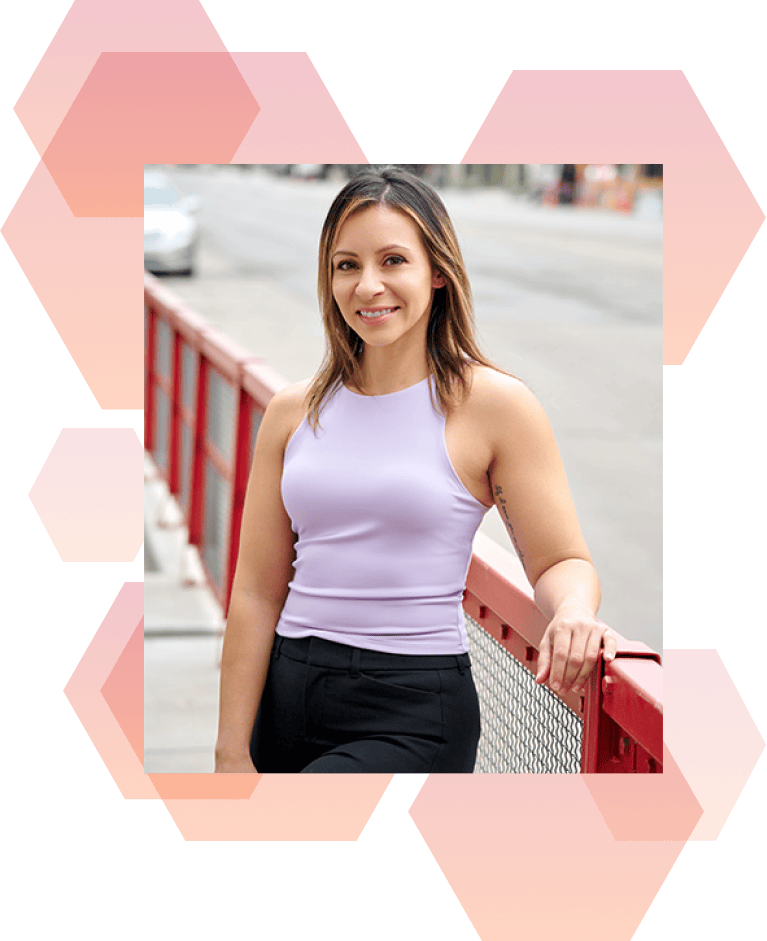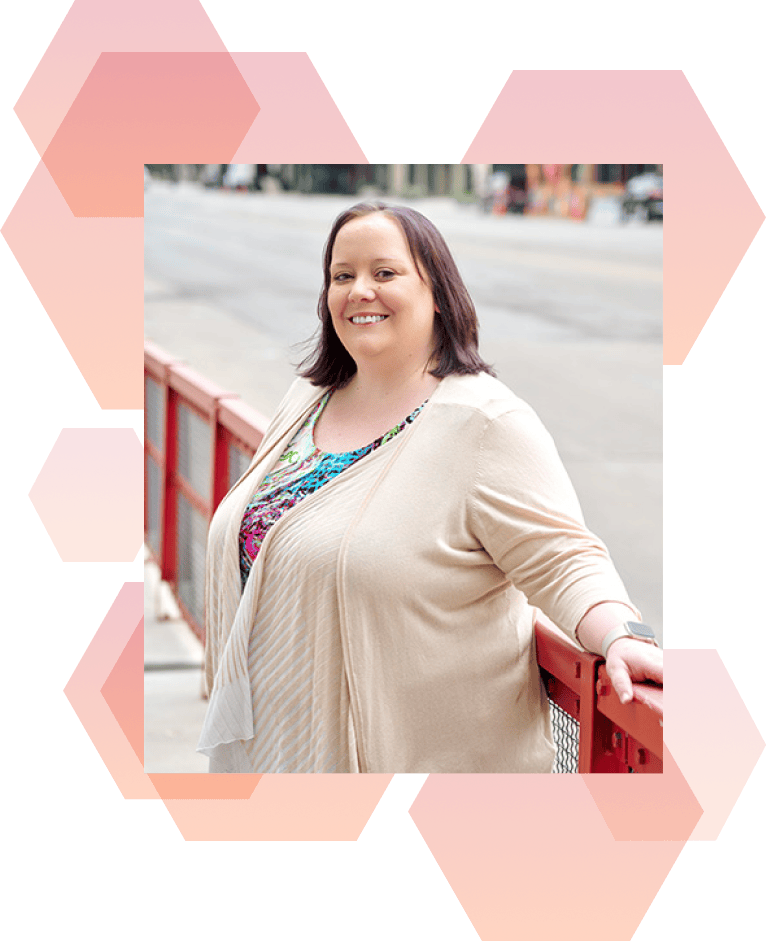Let’s wax nostalgic for just a minute. Do you remember the time when Facebook was just “walls”, your newsfeed, and no ads? But then Facebook needed to actually start making money (well, of course) and businesses started to use Facebook to market. There were some who had Facebook business pages from the start, building their audiences organically and sharing their messaging without having to spend a single dime on the actual platform (just maybe pay the person running the account).
Obviously, those days are long gone, and the reality is, while you can still have a great organic strategy on Facebook and get some great traction without an ads budget, ads are kind of a necessary evil. Now, the funny thing is we’ve been giving money to Google and online search platforms for so long, it just feels like, “well of course, please take $5 for this one click”.
The biggest questions most of our customers ask is how to decide when to do paid digital ads, what kind of ads are best, and how much they should budget.
(Buckle up for a long, but simplified overview. I promise we’ll delve deeper into ads in future posts.)
Let’s Breakdown some Facebook Ads Basics First
Chances are high if you manage a Facebook business page that you’ve gotten notifications to “boost” your “well-performing” posts for say $10 to reach a bigger audience. They’ve certainly fine-tuned this, and now allow you to use targeting features that you get within your ads account as well, but these boosted posts started to be the bane of everyone’s organic existence. What many started seeing was if you boosted your posts, suddenly your organic reach dropped and you had to start boosting more and more posts to get them seen in your newsfeed and increase the reach of the post.
I honestly think a lot of business owners think organic reach on Facebook is dead anymore. That’s not true at all. Yes, organic traction takes time to grow, but every like, comment, and share on a post helps increase that organic reach and get your post seen in the newsfeed. An engaged audience is imperative for organic reach, because those interactions are helping their friends see your stuff, too.
So, When Do I Boost or Create an Ad?
You have a post that a lot of people love, so much so that Facebook tells you you should spend $10. Here’s the crucial thing – wait at least 24-48 hours before you boost a post. Boosting the post basically kills your organic reach. You want as many people to see that post BEFORE you’re spending money on it, right? That just means more people are seeing it. So, watch your reach for a day or two. Once you stop seeing that organic reach grow, THEN you can boost it. I’d always recommend checking your targeting parameters, too, and making sure to adjust your geography and a few key demographic factors to make the most of the boost. After all, you want to reach people who are in your target market.
But what about an ad? A Facebook ad is different in that it doesn’t appear in your feed with your other posts (though your ads are shown under the new Page Transparency section) and you set a variety of variables to get it published. Ads are best when you have specific creative (preferably a 15 second video so it can appear across all of Facebook’s platforms) and a specific message you want to share with a specific audience. Whether you’re running a special, have an event you’re wanting to sell tickets for, or a product, you can reach people who might not otherwise see your page. Using your Facebook pixel, you can even retarget your website visitors, so as soon as they leave your website and come back to Facebook, they can be reminded of your awesome product.
Now, Let’s Talk Google Ads
I remember when I was in high school and people used to complain that to get at the top of Google you had to pay these exorbitant fees. But really, Google is just trying to serve the best answer to their customers’ questions, and with the release of BERT, Google continues to make strides to serve the BEST result for the search query.
There are many things you can and should be doing to improve your organic SEO, and honestly, BERT is just making it easier for those of us who have been following best practices for years. However, there’s a time and a place for paid ads with Google as well, though you definitely have a few more options today.
What Kinds of Ads Can You Run with Google?
The main types of ads most of us think of when we think Google ads are PPC (paid per click) text ads. These are the ads you see at the top of your search results, that frankly, many of us skip over to get to the local results or organic answers. Options have expanded over the years, but these ads include a two-part headline, short description, maybe a click-to-call phone number, and a link to the webpage of your choosing. You only get charged when someone actually clicks your ad, and you can set a max daily budget that means you know roughly how much you’ll be spending per month.
You can now also use Display Ads, and I prefer the responsive display ads myself. These ads go out throughout Google’s ad network, being placed on a variety of websites throughout the internet and targeted at users with specific data. Google knows how to serve these ads based on all that personal information you let them collect, don’t like to think about, but us advertisers really love. (Until one day, that’s somehow how the world gets destroyed, and then, oops!) With display ads, you can upload a few graphic assets, like your logo and images, create a mix of multiple headlines and descriptions, and Google will serve an ever-changing combination of your ad across multiple devices. Using a responsive display ad means your ad is always easy to read, no matter the device. You have some more options for costs here, and you can choose to pay per click, pay per thousand impressions, or pay per conversion. It just all depends on your own individual campaign which is best for you.
Which Digital Ad is Right for Me?
OK, so full disclosure, this part is a little more complex. And I’m sure not everyone agrees with my theory. Some ads strategists would say “ALL OF THEM!” and take all your money. However, I’m all about fine-tuning your plans to fit your budget and your customer base, so I use a few guiding factors when deciding what to recommend because sometimes it’s all and sometimes it’s either or.
1. Facebook Ads
Do you have a Facebook friendly customer base? What I mean is, your target market should be at the least 25+. Gen Z is not on Facebook. Are you promoting a product you can retarget from your website, an event (that you have created the event for), sharing a physical store location, or something visual? Facebook ads are great for those things people may not be searching for necessarily, but still want to buy. The visual component is key, as you’ll need a picture or video for your ad creative. Personal opinion, but Facebook ads are great for those things that people don’t know they need, but they need. You can, but don’t need to link to your website either. Maybe you want them to get directions or send you a message.
2. Google PPC Ads
Is your product or service something people search for a lot? Then yea, you want to be here. Of course, this is definitely a balance between budget, estimated clicks, and competition, but if you’re trying to drive traffic to your website, PPC ads are a basic way to get that started. You can plan out your keywords, budget, and even get estimated clicks and costs with Google’s Keyword Planning Tool. Pro tip: Make sure each ad has a call to action, something that gives them a reason to click on your ad versus your competitor’s.
3. Google Display Ads
Do you have a visual product or service and you’re not entirely sure that people will be searching for it? Display Ads are a great way to get that in front of people without being constrained to them being on a social network. There are also a huge variety of targeting parameters, ensuring that your ad gets seen by the right person. You’re targeting someone here again who’s not necessarily looking for your service right then, but who might be interested.
All of this seem a little complex? It is! But don’t worry! Digital ads are changing all of the time, but even the above overview should help you understand a little bit better when you should spend your money and when you shouldn’t. The great thing about digital ads are there are so many ways to get just the right person to see your message, making it even easier to get the most ROI.
And of course, if you’re wondering if you should or shouldn’t be fitting digital ads into your 2020 budget, reach out!

